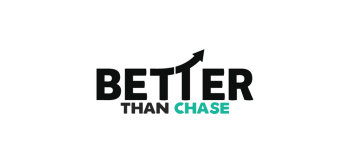While the amount of technology, innovation and adoption has elevated available housing market, that isn’t the situation for corporate property. Even though corporations are among the largest number of real estate proprietors which property is really a substantial a part of a corporation’s operating budget, the adoption degree of technology to higher organize and manage corporate property, like smart structures, isn’t commensurate.

Why has technology adoption not arrived at it is true potential?
1. Corporate property professionals, typically, have spent their careers concentrating on real estate and never technology. While they might be conscious of consumer technology and trends, they don’t have strong technology backgrounds, recognizing and focusing on how technology might be used strategically to higher automate the company functions of the property operation.
2. The IT teams in corporations aren’t typically centered on major tech initiatives which are business motorists from the corporation. ERP’s, economic climates, marketing and advertising solutions, CRM systems along with the corporate IT infrastructure (that involves cellular devices, desktops, servers and communications) would be the topics that ensure that it stays executives busy. Hardly ever could they be aware or thinking about the requirements of real estate department i.e. growth and development of smart structures, regardless of the major possibilities for improvement.

3. Facility managers who keep real estate of major companies functioning have in the past checked out structures individually and also have focused more about mechanical functionality. They’ve less knowledge about IT and have a problem with focusing on how systems along with other IT systems pertinent to smart building technology, for example data analytics and business process automation, could positively impact operations from the proper level.
4. While energy and sustainability happen to be in the centre from the eco-friendly movement, closer study of the goals of those programs reveal that technology innovation isn’t as prevalent. While sustainable building products and eco-friendly roofs are essential, significant possibilities are now being overlooked. Smart building technology can enjoy a substantial role in “switching off the lights”, enabling mobile workforces and streamlining facilities, all supplying optimum eco-friendly results.
5. Human Sources, who manage the most crucial element of an organization, its people, have typically centered on HR functions and never spent sufficient time thinking about ramifications towards the workforce and worksites once all potential innovations are implemented. Because the corporation evolves to some more digital model and also the workforce gets to be more distributed and connected, HR must be more involved with writing policy and assisting in comprehensive change management activities.
The greatest underlying reason why corporations haven’t yet fully cheated technology, automation and innovation as observed in smart structures, when it comes to corporate property, facilities and also the flexible work area, is the possible lack of interdepartmental interaction. Formerly, all these specific departments could function somewhat autonomously. However, as technology evolves, the departmental lines of distinction start to blur along with a peek at the brand new corporate “space” team is starting to emerge.









